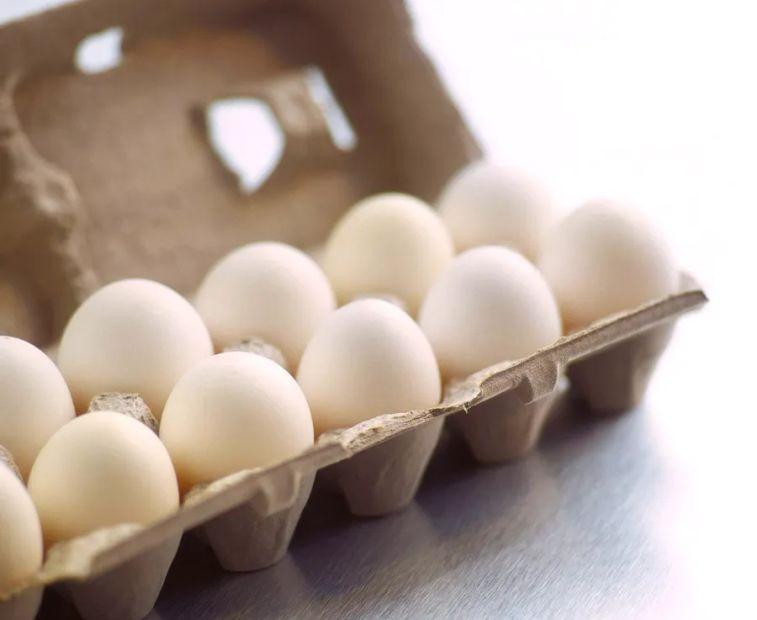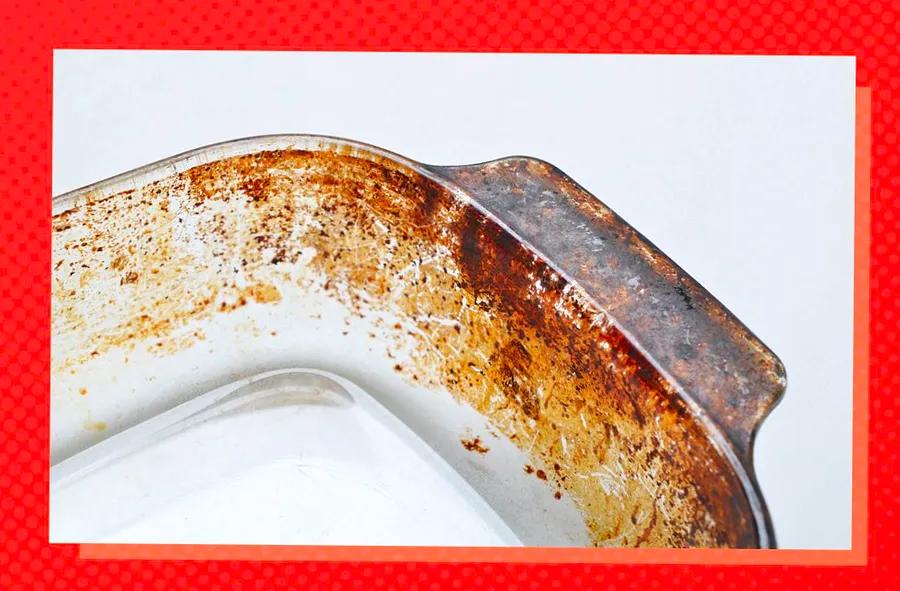What Do Different Egg Grades Actually Mean?

With so many egg labels out there — jumbo, large, organic, free-range — you might wonder what the egg grading system is all about. Is it worth it to buy the highest grade? It really depends on how you plan to cook them. Let's break down the differences between Grade AA, Grade A, and sometimes even Grade B eggs.
What Is Egg Grading?
Egg grading is an optional service offered by the U.S. Department of Agriculture (USDA), funded by egg producers. It sorts eggs into three grades: Grade AA, Grade A, and Grade B. The grading process evaluates both the inside quality of the egg and the condition of the shell. Eggs within the same grade may vary in size (from Jumbo to Peewee) or color (white or brown).

How Are Eggs Graded?
Eggs are graded based on both their outer appearance and internal quality to ensure consistency in the standards of egg quality.
Exterior Quality
It turns out, the look of the eggshell really matters: As Serena Schaffner from the American Egg Board explained, the focus is primarily on appearance. The shells are evaluated based on several key factors:
- Shell Shape and Texture: A normal egg should be oval in shape with one end larger than the other end and free of ridges or rough spots.
- Soundness of Shell: A sound egg is one whose shell is considered unbroken.
- Shell Cleanliness: A shell is considered clean if it is free of stains and discolorations. An egg with small specks or cage marks can still be considered clean.
Interior Quality
So, how do graders examine the inside of an egg without cracking it open? They use a traditional method called egg candling. This involves holding the egg up to a strong light in a dark space. While farmers once used a candle for this, modern-day egg candlers are electronic devices. (And yes, you can buy one on Amazon.) Using this technique, eggs are assessed based on several criteria:
- Air Cell: When the egg is first laid, it has very little air inside, or none at all. As its temperature cools, the liquid contracts and the inner shell membrane separates from the outer to form what's known as an air cell. The smaller the depth of the air cell, the higher the grade.
- Yolk and White: When holding the egg up to a light, you want a yolk outline that is only slightly defined, as this indicates a thicker white and a yolk that is not off-color. The interior is also checked for blood spots or other blemishes.
Consumer Egg Grades
Grade AA and A eggs are typically sold in grocery stores, while Grade B eggs are usually processed into liquid, frozen, or powdered egg products.

USDA Grade AA
Grade AA is the top tier. These eggs must have smooth, unbroken shells with a typical shape. The air cell shouldn't exceed 1/8-inch in depth. The egg whites must be clear and firm, while the yolk should be barely noticeable when spun in front of a light. There should be no visible defects in the yolk.
USDA Grade A
Similar to Grade AA, Grade A eggs feature clean, unbroken shells with a standard shape. The air cell depth should not exceed 3/16-inch. The whites should be clear and moderately firm, with the yolk being somewhat defined. These eggs must also be nearly free of any obvious flaws.
USDA Grade B
While Grade B eggs are safe to consume, they're not commonly found in grocery stores. These eggs don't meet the higher standards of Grade AA and Grade A eggs, so they are typically used in liquid, frozen, or dried egg products.
A Grade B egg must have an unbroken shell, but it may be irregularly shaped and have slight staining. The air cell can be deeper than 3/16-inch, the white may appear watery and weak, and the yolk may be clearly outlined, darker, larger, and somewhat flattened. It might contain small blood spots, but there should be no major defects.
Which Grade of Eggs is Best for Cooking or Baking?
The USDA offers a 50-page guide on egg grading, but here's the gist:
- Use Grade AA when you're preparing an egg dish in which the egg's appearance is important, such as fried eggs.
- Use Grade A or Grade B if you're mixing the eggs into the dish or using them to bake, as the difference is largely in appearances and they're still perfectly safe to consume.

1

2

3

4

5
Evaluation :
5/5